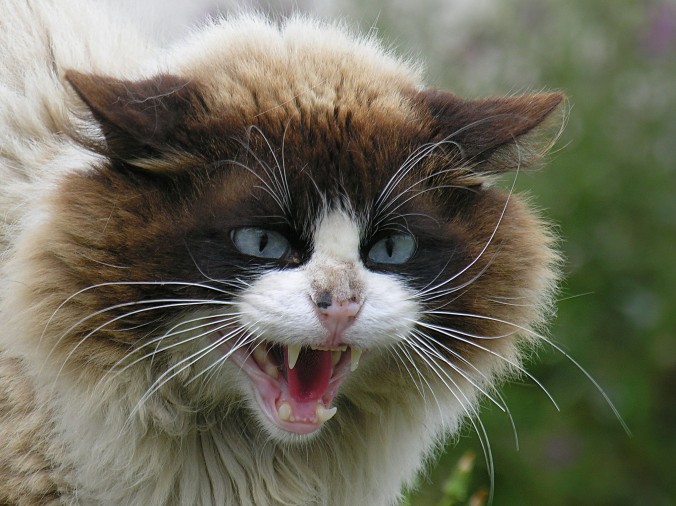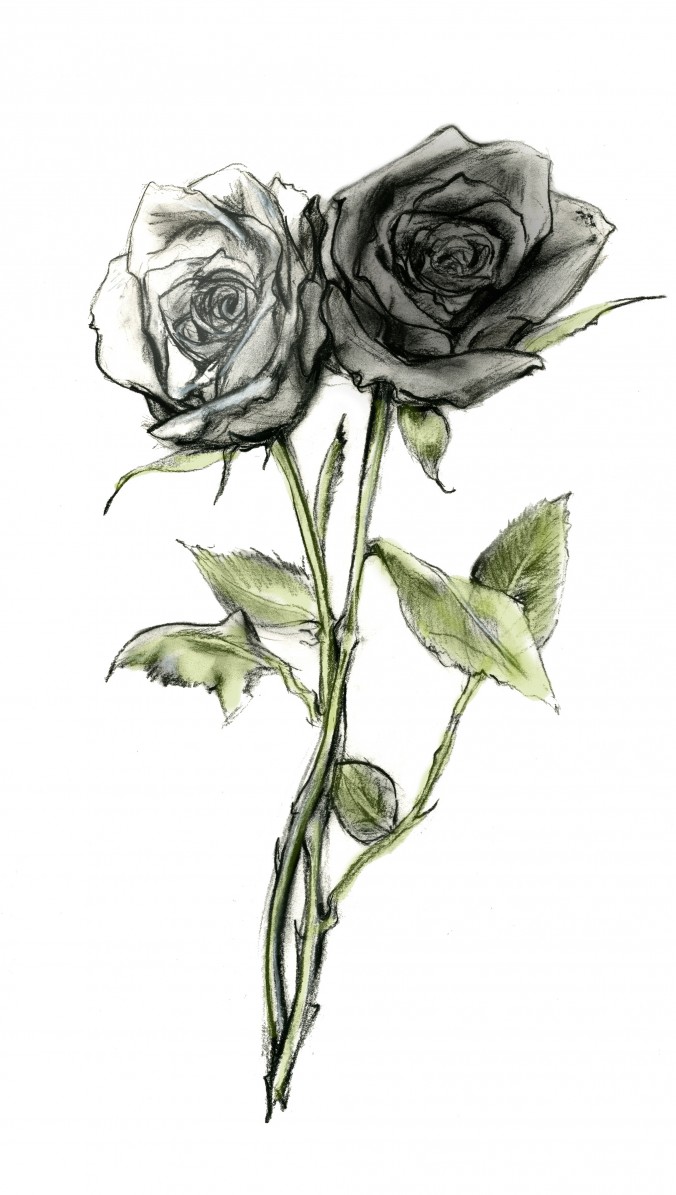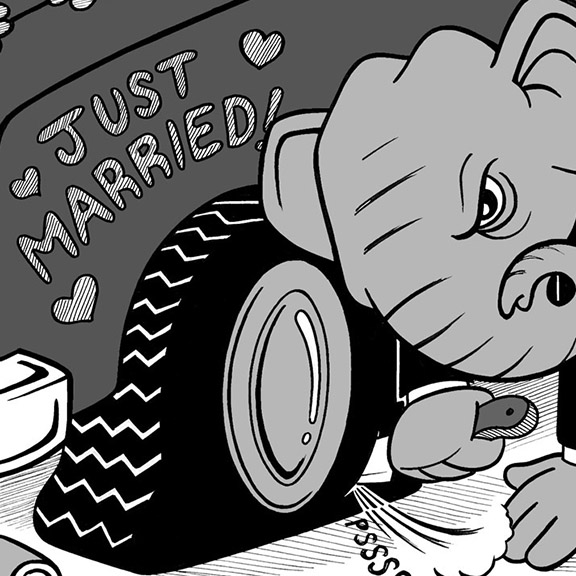I’ll be the first to admit that I know very little about art on the web. And, with all of my Facebook friends constantly Instagramming their breakfasts, I will also admit that I don’t really care. Why is everyone talking about web art? Can social media be a social medium for a social practice? I go online and see fuzzy, artificially discolored images of someone’s latte, and all that curiosity shuts down.
That is why when Hyperallergic announced that they would be holding “The World’s First Tumblr Art Symposium,” I bought the cheapest ticket possible to Brooklyn, smashed myself into the tiny Spirit Airlines seat, and headed off to New York City to get a taste of what editor-in-chief of Hyperallergic, Hrag Vartanian, says is, “a discussion about the art community on Tumblr and how they are impacting art making today.”
This discussion involved a one-night event in which various panelists, who were invited to contribute scholarly essays on various subjects relating to Tumblr art and social media, shared these papers and their expertise on the subject.
I went. I saw. I ate pizza. I drank beer. And I left, still wondering: what the hell are they talking about?
Artists have been using the Internet since before I was born, offering credence to the very convoluted platform of the web. Social media, however, is something relatively new, and does warrant some discussion, which the panelists indulged in as we, the audience, indulged in the free pizzas.
Christiane Paul, author and professor at the School of Visual Arts in N.Y., spent her panel time trying to divert the moderator, played by Vartanian himself, from making sweeping generalizations about social media as a medium, not a platform.
Lindsay Howard, the Curatorial Director of 319 Scholes (which also happened to be the venue), spent her time trying to divert the moderator from making sweeping generalizations about social media artists, differentiating them from artists who are, as she says, “clever enough to use social media.”
Perhaps I had one beer-too-many, but I couldn’t help but feel that the discussion was not being moved in any particular direction. Vartanian was attempting to contextualize the concepts of social media art into a distinct history and social context. The Q&A at the end touched on just about every topic possible relating to the web from pictures of cats to the Arab Spring.
I left highly disturbed. My questions were still unanswered: is Internet art innately more democratic than, well, “regular” art? Are we moving in a direction where art becomes an entity for all, rather than a luxury for some?
And then, it hit me: We sat in a gallery space in newly gentrified Bushwick. I was surrounded by white people, in the midst of an intellectualized circle-jerk of experts and curators who were desperately attempting to slap labels on works of art by artists who were doing their best to leave that world behind.
Dizzying as it was, after the symposium I discovered something new: the realm of sacred space.
Don’t be confused: I’m not talking about sacred spaces in the traditional sense; a church, temples, caves in France or even your childhood bedroom. All of these place are sacred, but they carry with them a heaviness that links to your identity. They are reminders of who you are.
The Internet — Tumblr, specifically — is a new kind of sacred. It is a place in which you (or your art) can represent yourself, whichever “self” that may be.
In her essay published for the symposium, web artist An Xiao wrote beautifully about how Tumblr, as a platform, allowed more flexibility than Facebook or other social media sites for its users to fabricate an identity. Tumblr allows users to have elastic identities online, to form new personas for each project.
“Unlike Facebook, one’s Tumblr identity can simply be a screen name,” she wrote. “And one can create a seemingly infinite variety of tumblelogs, none of which are necessarily tied to the original screen name. They exist separately and develop independently, and the ties that develop tend to be with strangers rather than old friends.”
What could be more poetic than a forum in which a person does not merely assimilate into, but constructs a whole new range of identity interests and politics?
Instead, Hyperallergic has corrupted this necessary sacred space, a space which attracts more young people as users because of this freedom to temporarily leave behind the skin they were born in. At the symposium, the sacred space of flexible identities was processed, labeled and packaged.
It became everything I hoped that web art was not.
In the physical space at 319 Scholes, we found ourselves submitting to what the experts (a panel delightfully white and privileged ones, at that) have to say regarding something so nebulous — yet so powerful — as a venue in which artists can produce new, non-commodifiable, non-policeable identities.
I’m still somewhat shocked and confused by the event. When I tell people that I went to this festival, I get looks of bewilderment while my mouth twists trying to find the words to express my utter disappointment; how foolish of me to think that academia and other tangible institutions could clarify something that is intrinsic to all of us: a sense of self, and a new, sacredness — a jungle gym in which we can playfully skew that burdensome notion of identity.
There was, however, one shining moment of this cluster. Artists Cary Peppermint and Leila Nadir, of Eco Art Tech, were asked about their work on the web and their thoughts on public versus private space. Leila responded with a profound statement: “We look at nature as anything we take for granted. It is what we ‘get used to’; it becomes a routine. … As media evolves, it creates new natures, new landscapes … new environments that we will get used to, and that need to be explored. Regardless of whether it is public or private, it needs to be questioned. And in the land of a highly-structured web 2.0, we are finding new places for wildness.”
Here’s my plea to Hyperallergic: Let’s let this one entity go untouched. Let’s rejoice in whatever is left to us to frolic in, be it your ability to change whomever you are via Tumblr, or to become a whole new potential mate on OKCupid. Allow us, the users, to explore the possibilities of wildness between the margins of a corporatized platform and amongst the already commoditized art histories present in web-based art. Thanks for trying, Hyperallergic. But we, the users, got this.








